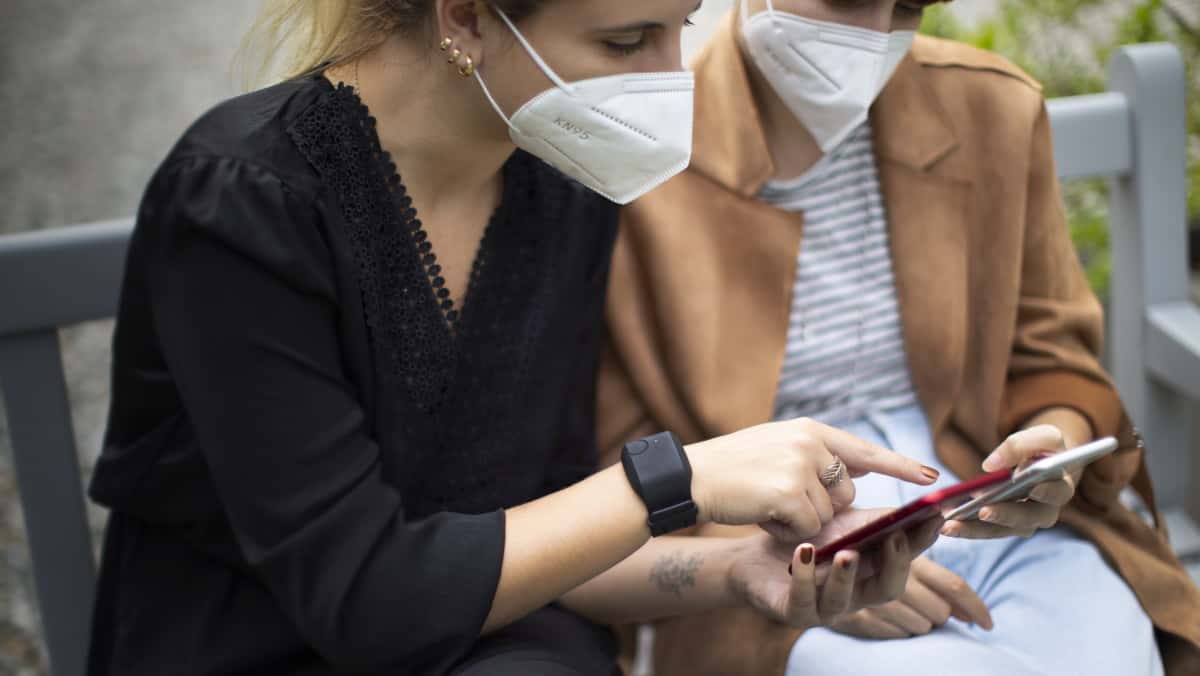Wearable device provides advance warning of epileptic seizures
06 Jan 2022
Data from a wearable wristband monitoring device can forecast epileptic seizures about 30 minutes before they occur, according to research published in Scientific Reports. Researchers at the Mayo Clinic advise that their preliminary study is the first to report successful seizure forecasting with non-invasive devices in ultralong-term recordings of epileptic patients during their normal daytime activities. The study shows that reliable seizure forecasting is possible without directly measuring brain activity.
The unpredictability of seizures is a major factor that limits the activities of people with epilepsy, especially for those who have recurrent seizures throughout the day. Reliable seizure forecasting could potentially enable these individuals to modify their activities, take a fast-acting medication and/or increase neuromodulation therapy to prevent or manage impending seizures.
The study team recruited six patients who had drug-resistant epilepsy and were being treated at the Mayo Clinic with a responsive neurostimulation device (the NeuroPace RNS system) implanted as part of their clinical care. The NeuroPace RNS provides chronic intracranial electroencephalography (iEEG) monitoring, the recording of the electrical activity generated by the brain. The RNS system also uses clinician-defined detectors to trigger storage of iEEG timeseries epochs with suspected seizure activity, and to trigger therapeutic stimulation.
Because the device can only store eight iEEG data clips between uploads, the researchers only recruited patients who had a history of eight or fewer than clips per upload. They also required patients to have stored clips without seizure activity (false positives) to ensure that they were not missing seizure events.
The participants wore a wrist-based recording device (the Empatica E4 wristband) that records physiological data – including 3-axis accelerometry (to track body movement), blood flow, heart rate, body temperature and electrical characteristics of the skin – for a minimum of six months. Uploaded data were processed by a long short-term memory recurrent neural network algorithm designed to analyse data at least 15 minutes before a recorded seizure onset.
Principal investigator Benjamin Brinkmann and colleagues report that the system performed seizure forecasting significantly better than a random predictor for five of the six study participants, with seizure alerts occurring on average 33 minutes before the EEG-recorded seizure onset. The one patient for whom forecasting did not perform significantly better than random had multiple seizures each day, while the other subjects had seizures less frequently.
Looking at the relative contributions of individual data signals from the wristband, the time-of-day input showed the highest contribution to the results. The researchers suggest that patients with a strong circadian pattern may have better results than those without. Other measured signals, including accelerometry, electrodermal activity and temperature, also contributed substantially to the overall accuracy, but their contribution differed on a patient-by-patient basis.READ MORE

“Seizure alerts in these five patients provided ample warning time to administer fast-acting medication or to increase neuromodulation therapy,” they write. Additional patients have been recruited and are currently recording data to expand the study.
“We hope this research with wearable devices paves the way toward integrating seizure forecasting into clinical practice in the future,” comments Brinkmann. “These findings need to be replicated in a larger cohort in a prospective clinical study, but our study suggests seizure forecasting is possible without invasive devices.”
Cynthia E Keen is a freelance journalist specializing in medicine and healthcare-related innovations
from physicsworld.com 14/1/2022

Δεν υπάρχουν σχόλια:
Δημοσίευση σχολίου